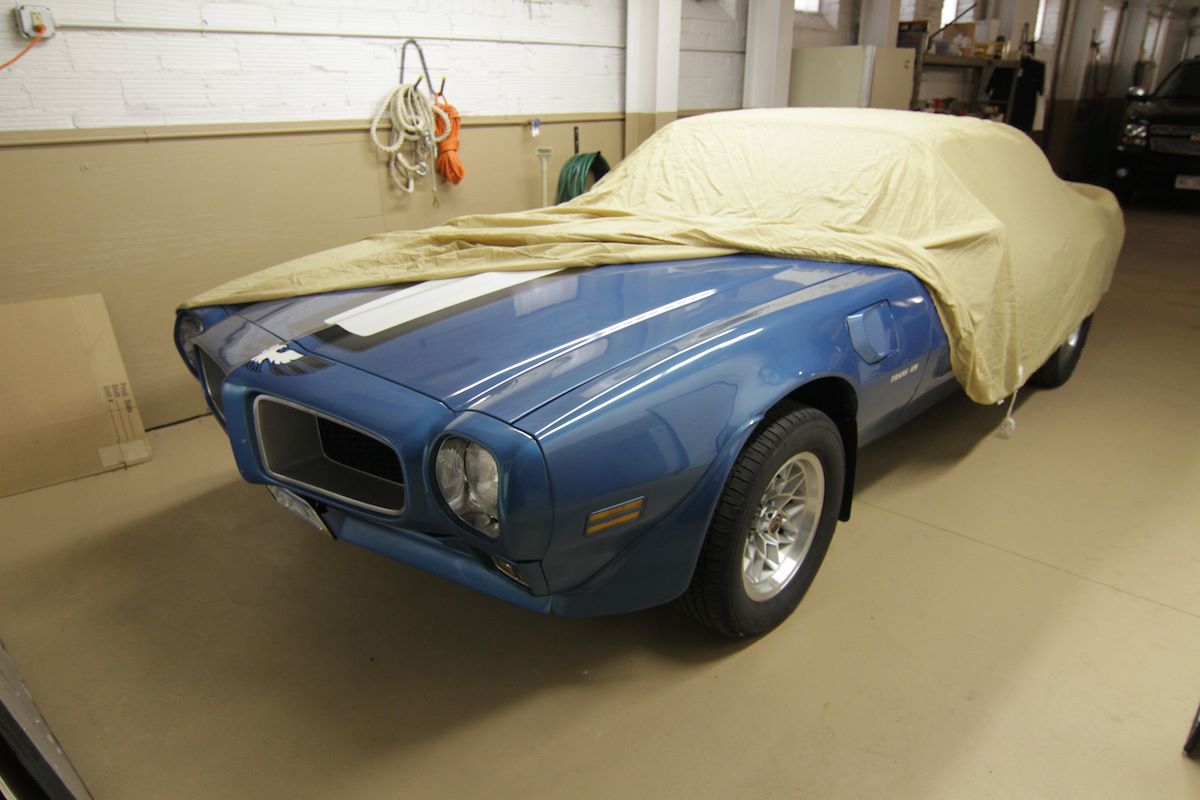

Articles
How To Store A Car For 20 Years
Modified: August 31, 2024
Learn the expert tips on how to properly store a car for 20 years. Read our informative articles to ensure your car remains in top condition throughout its long-term storage.
(Many of the links in this article redirect to a specific reviewed product. Your purchase of these products through affiliate links helps to generate commission for Storables.com, at no extra cost. Learn more)
Introduction
Storing a car for a long period of time requires careful planning and preparation to ensure that it remains in good condition. Whether you are going on an extended trip, have a classic car that you want to preserve, or simply need to store a vehicle for an extended period due to unforeseen circumstances, following the proper steps is essential. In this article, we will provide a comprehensive guide on how to store a car for 20 years, ensuring that it remains protected and ready for use when the time comes.
Key Takeaways:
- Properly preparing and storing a car for 20 years involves finding a suitable storage space, thorough car preparation, regular maintenance, and protecting the vehicle from pests and damage. Following these steps ensures the car remains in excellent condition for future use.
- When preparing a car for use after 20 years of storage, assess its condition, change fluids and filters, maintain the battery, inspect brakes and tires, and seek professional assistance if needed. Following these steps ensures a smooth transition back onto the road.
Read more: How To Store A Car For A Year
Finding a Suitable Storage Space
The first step in storing a car for a long period of time is finding a suitable storage space. Ideally, the space should be clean, dry, and well-ventilated to prevent moisture accumulation and rust. Here are a few options to consider:
1. Garage: If you have access to a garage, it can be an excellent option for car storage. Make sure the garage is clean and free from any leaks or water damage. If possible, choose a climate-controlled garage to maintain a stable temperature throughout the storage period.
2. Storage Unit: Renting a storage unit can be a cost-effective solution for long-term car storage. Look for a unit that provides climate control and security features like cameras and gated access. Measure the dimensions of the car to ensure the unit is spacious enough to accommodate it.
3. Car Storage Facility: If you are looking for a more specialized option, consider renting space at a car storage facility. These facilities often offer services like regular maintenance, security, and insurance for your vehicle. Research and visit different facilities to find the one that best suits your needs.
4. Outdoor Storage: If indoor options are not available, outdoor storage can be a last resort. However, it is crucial to choose a location with suitable protection from the elements. Look for storage covers and outdoor storage facilities that offer additional safeguards against weather damage.
Once you have found a suitable storage space, thoroughly clean it to remove any dirt, debris, or potential hazards. Sweep the floor, clear out any obstructions, and ensure there are no leaks or signs of moisture. A clean storage space will help minimize the risk of damage to your stored vehicle.
Preparing the Car for Long-Term Storage
Before storing your car for an extended period, it is important to prepare it properly to ensure its preservation. Follow these steps to get your vehicle ready for long-term storage:
1. Clean the Car: Give your car a thorough cleaning, both inside and out. Remove any dirt, dust, and contaminants from the exterior. Vacuum and wipe down the interior to prevent the growth of mold or mildew.
2. Change the Oil: It is recommended to change the oil and oil filter before storing the car. Used oil contains contaminants that can degrade over time and cause damage to the engine.
3. Fill the Fuel Tank: Fill the fuel tank to prevent moisture buildup and potential damage to the fuel system. Add a fuel stabilizer to keep the gasoline from deteriorating.
4. Inflate the Tires: Inflate the tires to the manufacturer’s recommended pressure to avoid flat spots. Consider using jack stands to take the weight off the tires if storing the car for an extended period.
5. Protect the Exterior: Apply a coat of wax to protect the paint and prevent corrosion. Consider using a car cover made from breathable material to shield the car from dust and debris.
6. Disconnect the Battery: Disconnect the negative terminal of the battery to prevent drain and possible damage. Alternatively, you can use a battery maintainer or trickle charger to keep the battery charged during storage.
7. Store with an Empty Trunk: Remove any perishable items from the trunk, including food, drinks, and cleaning supplies. These items can attract pests and cause odors.
8. Consider Insurance: Check if your insurance policy covers long-term storage and consider adjusting your coverage accordingly. Storing a vehicle safely can help reduce insurance costs.
By following these steps, you can ensure your car is properly prepared for long-term storage. Taking the time to prepare the car in advance will help maintain its condition and make it easier to get back on the road when the time comes to retrieve it.
Draining Fluids and Disconnecting the Battery
When storing a car for an extended period, it is crucial to take steps to protect the various fluids and the battery. Here are the important precautions to consider:
1. Drain the Fuel: If you anticipate storing your car for a year or longer, it is advisable to drain the fuel tank completely. Old or degraded fuel can cause issues with the fuel system and engine. If draining the fuel is not possible, add a fuel stabilizer to the tank to prevent it from deteriorating and causing damage.
2. Change the Coolant: Flushing and replacing the coolant is essential before storing the vehicle. Over time, coolant can become acidic and lead to corrosion in the cooling system. Follow the manufacturer’s recommendations for proper coolant replacement.
3. Consider Brake Fluid and Transmission Fluid: If your car will be stored for an extended period, it may be beneficial to flush and replace the brake fluid and transmission fluid. Contaminated or degraded fluids can lead to potential damage or poor performance.
4. Disconnect the Battery: Disconnecting the car’s battery is a crucial step in long-term storage. This will prevent the battery from draining completely and potentially damaging it. Before disconnecting the battery, ensure that you have all the radio codes and necessary information to reset any electronic systems when you reconnect it.
5. Battery Maintenance: If you prefer not to disconnect the battery, you can opt for a battery maintainer or trickle charger. These devices will keep the battery charged and prevent it from losing its charge during storage. Make sure to follow the manufacturer’s instructions when using these devices.
By properly draining the fluids and disconnecting the battery, you can significantly reduce the risk of damage and extend the lifespan of key components of your car. These steps are crucial to preserving the overall integrity of the vehicle during the long storage period.
Covering and Protecting the Car
Covering and protecting your car during long-term storage is essential to shield it from dust, sunlight, and other potential hazards. Here are some tips to ensure proper covering and protection:
1. Choose a Quality Car Cover: Invest in a high-quality car cover that is specifically designed for long-term storage. Look for a cover made from breathable material that allows air circulation while keeping out dust and debris. Ensure that the cover fits your car properly and provides ample coverage.
2. Park in a Sheltered Area: If possible, park your car in a sheltered area to provide added protection. This can include a garage, carport, or storage unit. Avoid parking the car under trees or near areas with excessive dust or potential for falling debris.
3. Use a Car Canopy: If you are storing your car outdoors, consider using a car canopy or portable garage to provide additional protection from the elements. These structures offer a barrier against rain, snow, and harmful UV rays.
4. Prevent Moisture Buildup: Moisture can lead to rust and damage to various components of your car. Place moisture-absorbing packets or desiccant bags inside the car and trunk to absorb any excess moisture. Make sure to check and replace them periodically.
5. Elevate the Car: If you are storing the car on a concrete or dirt floor, elevate it using jack stands or blocks. This helps to prevent moisture absorption from the ground and reduces the risk of tire flat spots. Make sure to follow proper safety precautions when lifting the vehicle.
6. Protect the Interior: Besides covering the exterior, take steps to protect the interior of your car as well. Clean and vacuum the interior thoroughly before storage. Consider using fabric covers for the seats, steering wheel, and dashboard to prevent fading and wear.
7. Windshield and Window Protection: Place sun shades over the windshield and windows to protect the interior from harmful UV rays. This will help preserve the dashboard and prevent cracking or fading of the upholstery.
By properly covering and protecting your car, you can keep it safe from dirt, dust, moisture, and other potential damage. Following these steps will help ensure that your car remains in excellent condition throughout its storage period.
Read more: How To Store Wine For 20 Years
Regular Maintenance during Storage
While your car is in long-term storage, it is important to perform regular maintenance to keep it in optimal condition. Even when the car is not in use, certain components can deteriorate over time. Here are some essential maintenance tasks to consider:
1. Start the Engine: Start the engine and let it run for a few minutes every few weeks. This helps to circulate the fluids and lubricate the engine components. However, avoid prolonged idling to prevent unnecessary wear and tear.
2. Move the Car: If possible, move the car back and forth a few feet during each maintenance session. This helps to prevent flat spots on the tires and keeps the suspension components from becoming stiff.
3. Check the Tire Pressure: Regularly monitor the tire pressure and inflate them to the recommended level as necessary. This helps to maintain even wear and prevents damage from low or high tire pressure.
4. Check for Leaks: Inspect the car for any fluid leaks, such as oil, coolant, or brake fluid. If you notice any leaks, address them promptly to prevent further damage.
5. Lubricate Moving Parts: Apply lubrication to the door hinges, trunk latch, hood latch, and other moving parts to prevent them from seizing up. Use a silicone-based lubricant or a product specifically designed for automobiles.
6. Inspect the Battery: If the battery is still connected, check its voltage level regularly. Consider using a battery maintainer or trickle charger to keep the battery charged during storage.
7. Protect the Fuel System: If you did not drain the fuel tank, add a fuel stabilizer according to the manufacturer’s instructions. This will prevent fuel degradation and potential damage to the fuel system.
8. Check for Pests: Regularly inspect the storage area and your car for signs of pests. Rodents and insects can cause significant damage to wiring, upholstery, and other car components. If necessary, use pest deterrents or traps to keep them away.
By performing regular maintenance tasks during storage, you can prevent potential problems and ensure that your car remains in good working condition. These tasks will help preserve the longevity of your vehicle and make it easier to get it back on the road when the storage period is over.
To store a car for 20 years, fill the gas tank, change the oil, and add a fuel stabilizer. Seal all openings to prevent rodents and moisture. Cover the car with a breathable, waterproof car cover.
Ensuring Proper Ventilation
Proper ventilation is essential when storing a car for an extended period. Good airflow helps prevent the buildup of moisture, mold, and unpleasant odors. Here are some tips to ensure adequate ventilation for your stored vehicle:
1. Choose a Well-Ventilated Storage Space: If you have the option, select a storage space that has good natural ventilation, such as a garage with windows or a storage unit with proper airflow. This will help promote air circulation and reduce the risk of moisture buildup.
2. Use Ventilation Devices: If the storage space lacks adequate ventilation, you can consider using ventilation devices such as fans or dehumidifiers. These can help keep air moving and control humidity levels, especially in enclosed areas.
3. Crack Open Windows: If you are storing the car in a space where it is safe to do so, leave the windows slightly cracked to facilitate airflow. Be mindful of any security risks or changes in weather conditions that may impact this option.
4. Utilize Breathable Car Covers: When covering your car, opt for a breathable car cover made from materials like cotton or polyester. This allows for air circulation and prevents moisture buildup underneath the cover. Avoid using plastic or vinyl covers that can trap moisture and lead to mold or corrosion.
5. Avoid Air Duct Obstruction: Ensure that the air intake and ventilation ducts of your car are not obstructed by the cover or any other objects. This will allow fresh air to circulate through the car’s cabin, reducing the risk of mold or musty odors.
6. Regularly Air Out the Interior: Periodically open the car doors and windows to air out the interior. This can help remove any stale air and prevent odors from developing. Take this opportunity to check for any signs of moisture or mold as well.
7. Monitor Humidity Levels: Use a hygrometer or moisture meter to monitor the humidity levels in the storage space. Ideally, the humidity should be kept below 50%. If it exceeds this level, consider using moisture-absorbing packets or a dehumidifier to reduce moisture in the air.
Proper ventilation plays a crucial role in maintaining the health and condition of your stored vehicle. By ensuring sufficient airflow and moisture control, you can minimize the risk of issues such as mold growth, rust, and unpleasant odors during the storage period.
Preventing Damage from Pests
When storing a car for a long period, it’s important to take precautions to prevent damage from pests. Rodents, insects, and other critters can wreak havoc on your vehicle’s interior and wiring. Here are some tips to keep pests at bay:
1. Clean the Storage Area: Before storing your car, make sure the storage space is clean and free from any food debris, crumbs, or garbage that may attract pests. Sweep the area, remove any potential food sources, and ensure that the surroundings are well-maintained.
2. Seal Entry Points: Inspect the storage area for any gaps, cracks, or openings that pests can use to enter. Seal these entry points with caulk, weatherstripping, or other appropriate materials to prevent pests from finding their way in.
3. Use Pest Deterrents: Consider using pest deterrents such as mothballs, peppermint oil, or dryer sheets. These items emit scents that pests find unpleasant and can help repel them.
4. Set Traps or Bait Stations: Place rodent traps or bait stations around the perimeter of the storage area to catch or deter any potential pests. Check these regularly and dispose of any captured pests safely.
5. Avoid Using Poisonous Methods: While it may be tempting to use poisons to eliminate pests, it’s best to avoid these methods, as they can pose a risk to other wildlife and may harm the environment. Focus on non-toxic deterrents and traps instead.
6. Inspect the Car Regularly: Periodically check your stored car for any signs of pest activity. Look for chewed wires, nesting materials, or droppings. If you notice any signs of pests, take immediate action to eliminate them and prevent further damage.
7. Remove Attractive Items: Remove any items from the car that may attract pests, such as food, drinks, or trash. Keep the interior clean and free of debris to discourage pests from entering.
8. Elevate the Car: Consider using jack stands or blocks to lift the car off the ground slightly. This makes it harder for rodents to access the vehicle and nest in its undercarriage.
By taking proactive measures to prevent pests from infesting your stored car, you can minimize the risk of costly damage. Keep the storage area clean, seal entry points, use deterrents, and regularly inspect the vehicle to ensure that it remains pest-free during the storage period.
Checking on the Car Periodically
Even though your car is in storage, it is essential to check on it periodically to ensure that everything remains in good condition. Regular inspections help you catch any potential issues early on and prevent problems from escalating. Here are some key aspects to consider when checking on your stored car:
1. Visual Inspection: Start by visually inspecting the exterior and interior of the car. Look for any signs of damage, such as dents, scratches, or indications of moisture. If you notice any issues, address them promptly to prevent further deterioration.
2. Tire and Wheel Inspection: Check the condition of the tires, including the treads and sidewalls. Look for any signs of cracking or flat spots. Adjust the tire pressure as necessary and consider rotating the tires if the car has been stationary for an extended period.
3. Fluid Levels: Monitor the fluid levels of the car, including oil, coolant, brake fluid, and transmission fluid. Top up any fluids that have decreased to maintain optimal performance.
4. Battery Maintenance: If the battery is still connected, check its voltage level and ensure it is holding a charge. Consider using a battery maintainer or trickle charger to keep the battery charged during storage.
5. Pest Inspection: Look for any signs of pest activity, such as chewed wires, nests, or droppings. Address any pest issues promptly to prevent further damage.
6. Air Out the Interior: Open the car doors and windows periodically to allow fresh air to circulate through the interior. This helps prevent musty odors and reduces the risk of moisture buildup.
7. Perform Engine Start-Up: Start the engine and let it run for a few minutes to circulate the fluids and prevent stagnation. However, avoid prolonged idling to minimize unnecessary wear and tear.
8. Check for Leaks: Inspect the car for any leaks, including oil, coolant, or brake fluid. If you notice any leaks, have them repaired promptly to prevent further damage.
It is important to note that these periodic checks do not replace regular maintenance tasks; they serve as an additional layer of monitoring during storage. By staying proactive and addressing any issues that arise, you can ensure that your car remains in good condition throughout its storage period.
Read more: How To Store A Car For 5 Years
Preparing the Car for Use after 20 Years of Storage
After 20 years of storage, properly preparing your car for use is crucial to ensure a smooth transition back on the road. Here are the essential steps to take when getting your vehicle ready for use again:
1. Assess the Condition: Start by assessing the overall condition of the car. Inspect the exterior for any signs of damage, rust, or corrosion. Check the interior for any pests or musty odors. Note any issues that need to be addressed.
2. Fluids and Filters: Change all the fluids, including engine oil, coolant, brake fluid, and transmission fluid. Replace the oil filter and air filter as well. Flushing the fluids and replacing the filters will help optimize the performance of your car.
3. Battery Maintenance: Reconnect the battery, or if it has been disconnected, charge it fully before installation. Clean the battery terminals and ensure a secure connection. Test the battery to ensure it is holding a charge and replace it if necessary.
4. Brakes and Tires: Inspect the brake system, including the brake pads, rotors, and brake lines. Replace any worn-out components. Check the tire condition for any signs of cracking or damage and replace them if needed. Ensure the tire pressure is at the recommended level.
5. Engine Check-Up: Have a qualified mechanic inspect the engine to ensure it is in good working condition. They can check for any leaks, perform a compression test, and assess the overall health of the engine.
6. Electrical System: Check all electrical components, including lights, indicators, and switches. Replace any burned-out bulbs or faulty switches. Test the electrical system to ensure everything is functioning properly.
7. Suspension and Steering: Inspect the suspension components for wear or damage. Check the steering system for smooth operation and any signs of looseness or stiffness. Have any necessary repairs or adjustments performed.
8. Test Drive: Before hitting the road, take your car for a test drive in a controlled environment. Pay attention to how it handles, any unusual noises or vibrations, and how the brakes and steering respond. If any issues arise, address them promptly before using the vehicle regularly.
Preparing a car for use after 20 years of storage may require the expertise of a professional mechanic to ensure all components are in working order. Remember to follow the manufacturer’s recommendations and consult with a trusted mechanic for guidance and assistance when necessary.
Conclusion
Storing a car for 20 years requires careful planning, preparation, and regular maintenance to ensure that it remains in good condition. By following the steps outlined in this guide, you can protect your vehicle from damage and keep it ready for use when the time comes.
Finding a suitable storage space, preparing the car properly, and ensuring proper ventilation are key factors in preserving the vehicle. Regular maintenance tasks such as checking fluids, inspecting for pests, and periodic inspections help identify and address any issues that may arise. Taking the necessary precautions to protect the car, including covering it, disconnecting the battery, and preventing damage from pests, is essential during long-term storage.
When the time comes to use the car again after 20 years of storage, a thorough assessment, including fluid changes, battery maintenance, and inspections of various components, is necessary to ensure its safe operation. Seeking the assistance of a reliable mechanic can provide valuable expertise in preparing the car for use.
Remember, every car and storage situation is unique, so it is important to adapt these guidelines to your specific circumstances. Following these steps will help maintain the condition of your vehicle and make the transition back onto the road smoother and more enjoyable.
By investing the time and effort into properly storing and preparing your car, you can ensure that it remains in excellent condition throughout the long-term storage period. With proper care, your beloved vehicle will be ready to hit the road again and provide you with many more years of enjoyment.
Frequently Asked Questions about How To Store A Car For 20 Years
Was this page helpful?
At Storables.com, we guarantee accurate and reliable information. Our content, validated by Expert Board Contributors, is crafted following stringent Editorial Policies. We're committed to providing you with well-researched, expert-backed insights for all your informational needs.



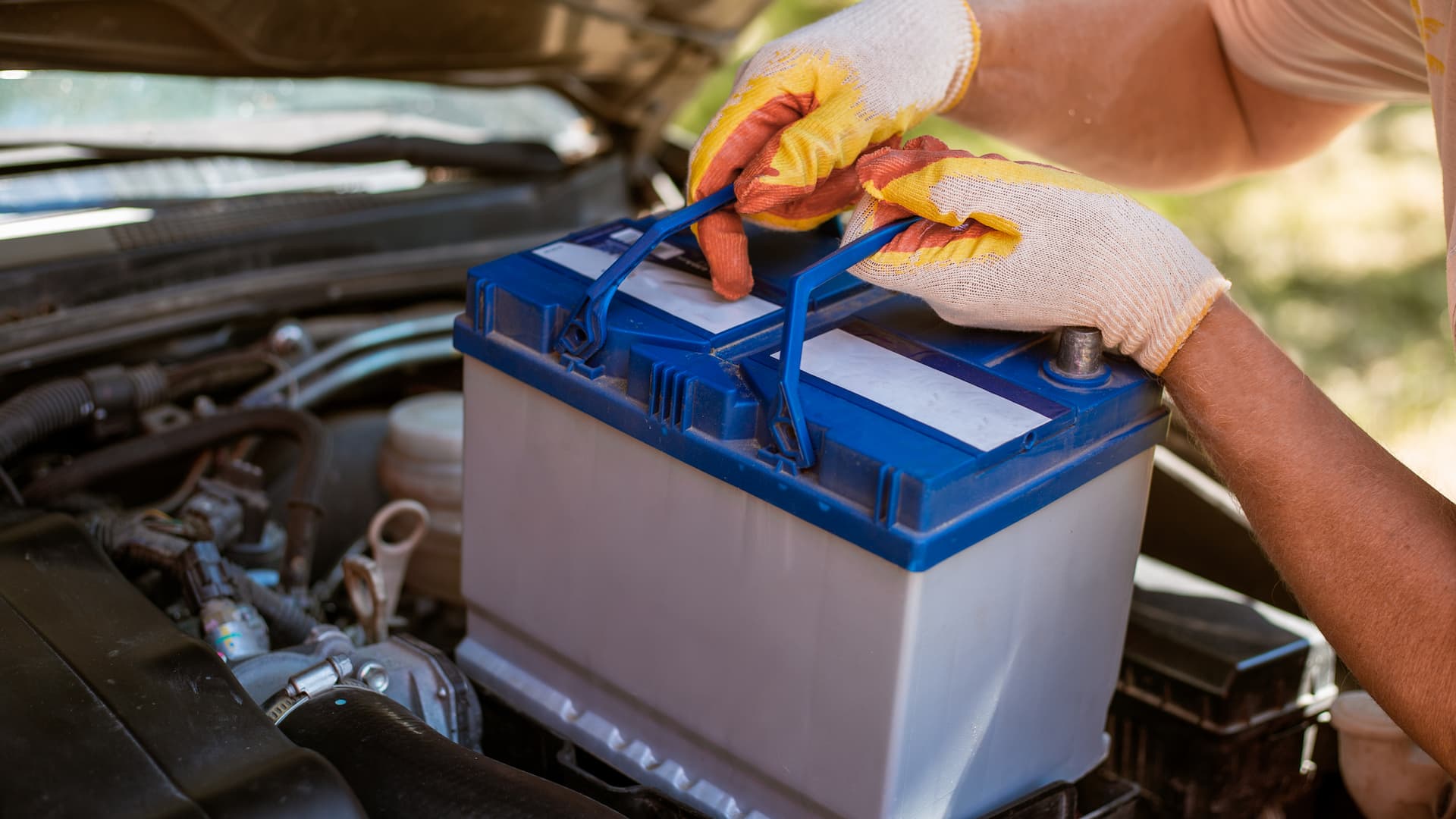


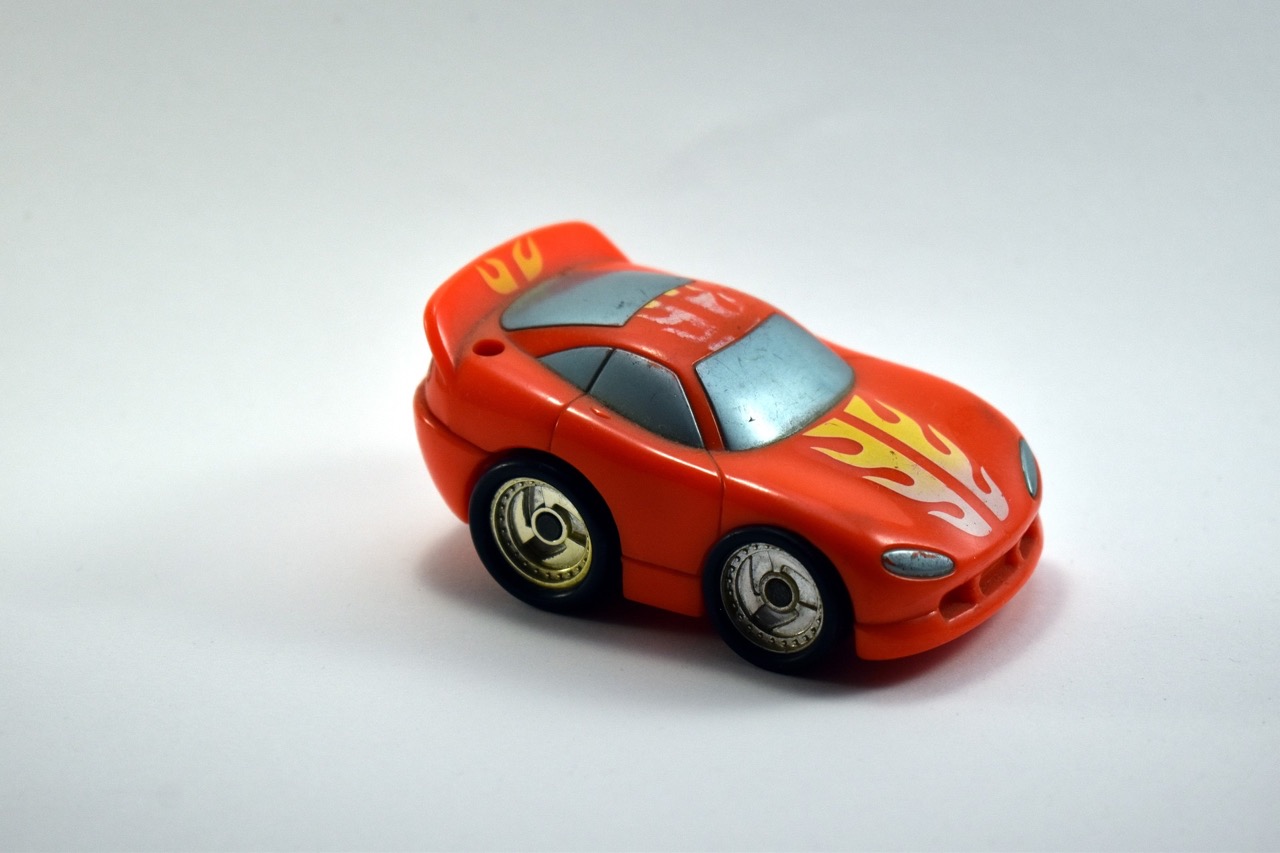


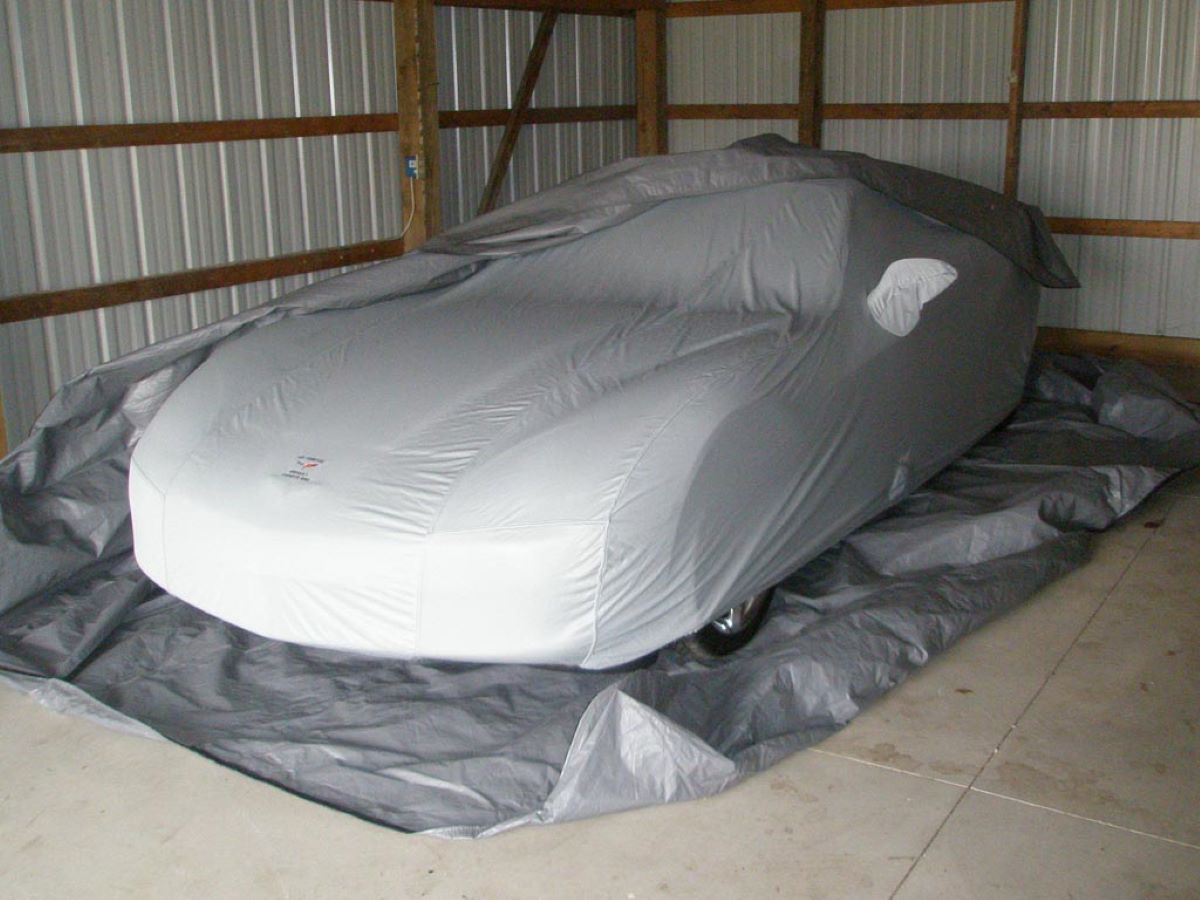
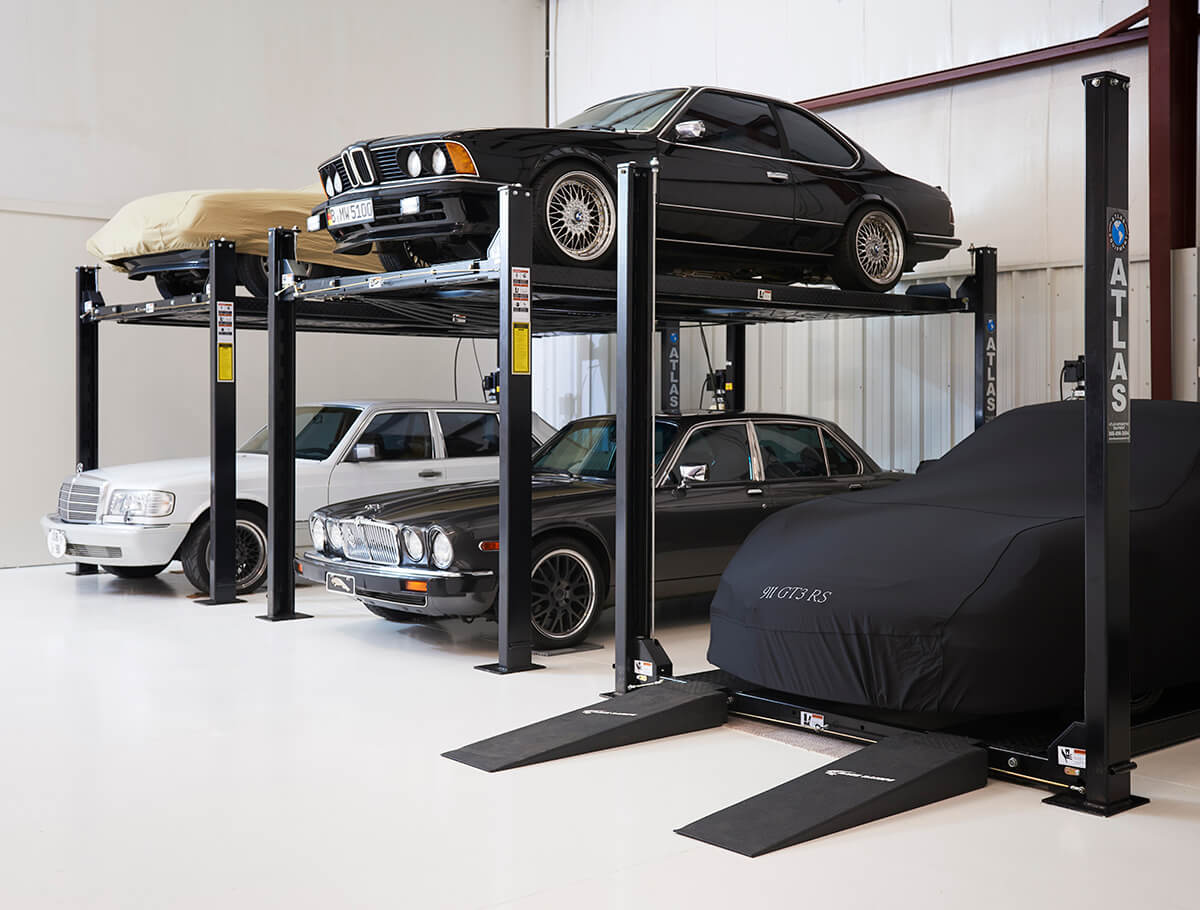
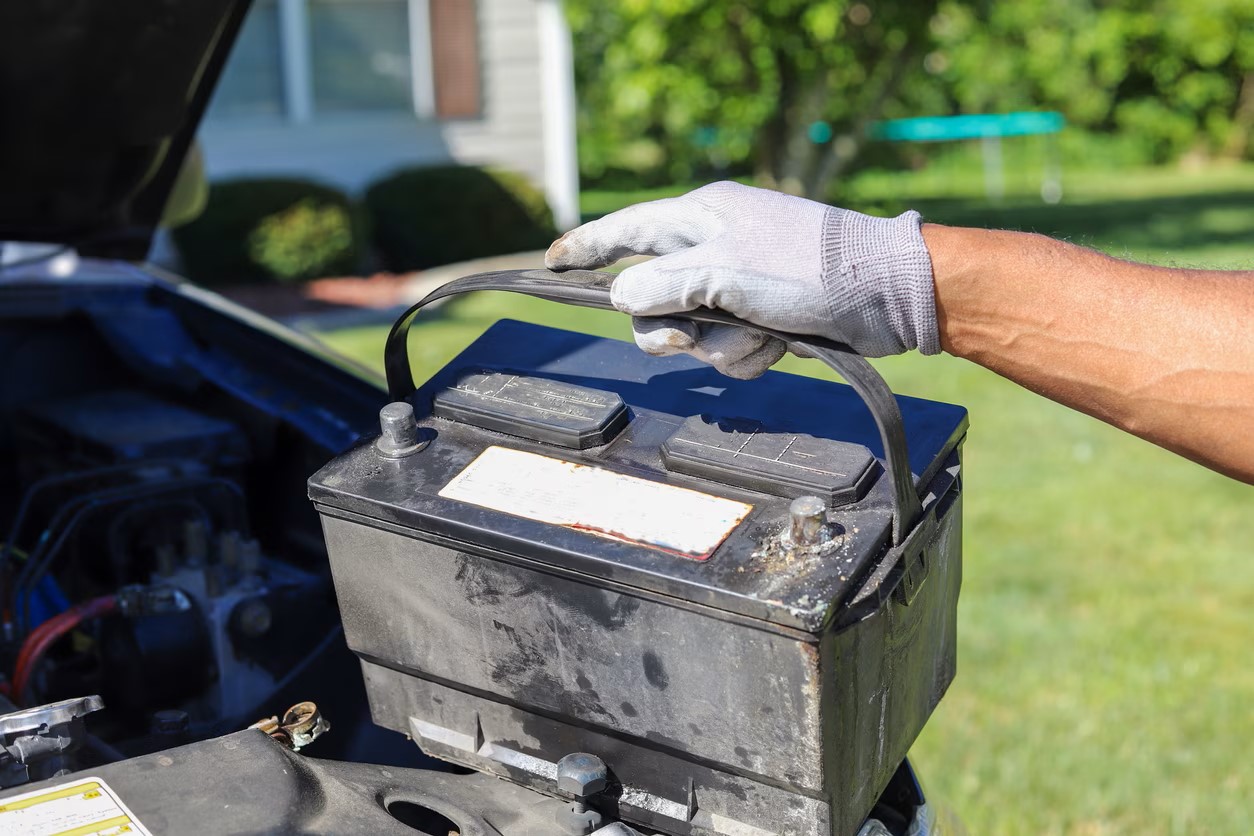
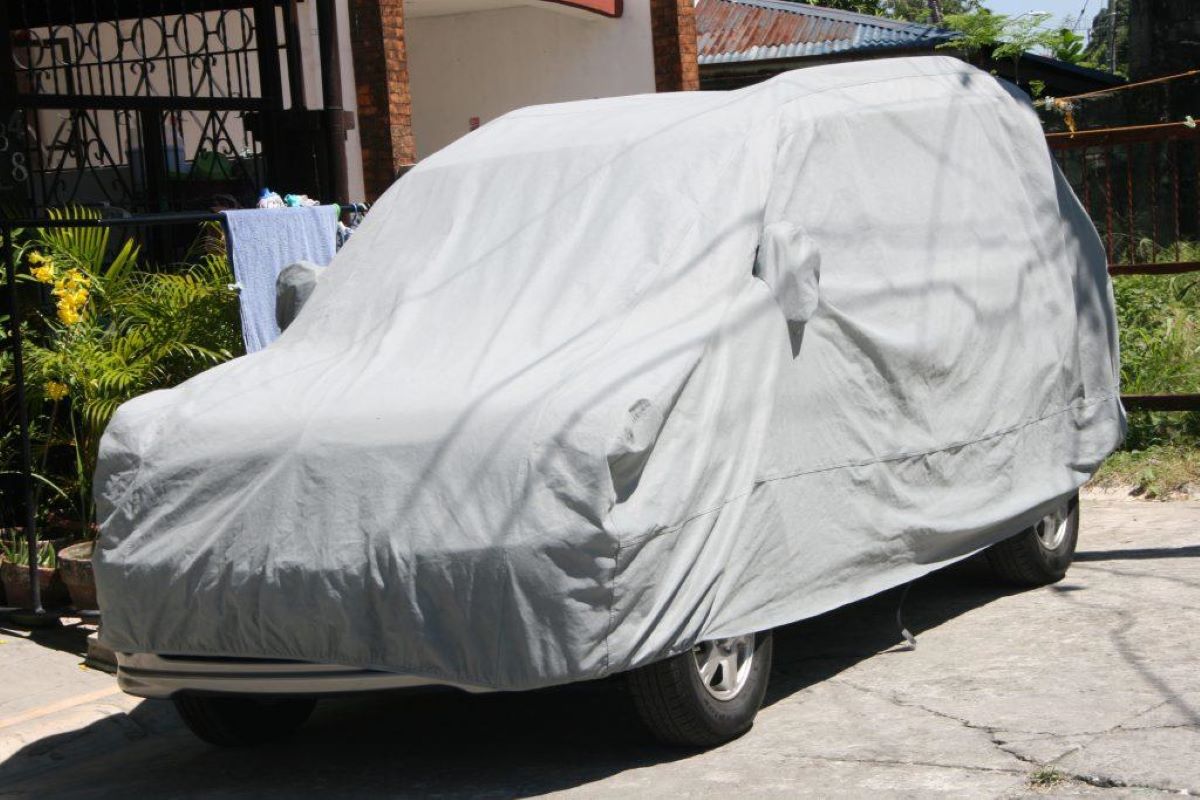

0 thoughts on “How To Store A Car For 20 Years”